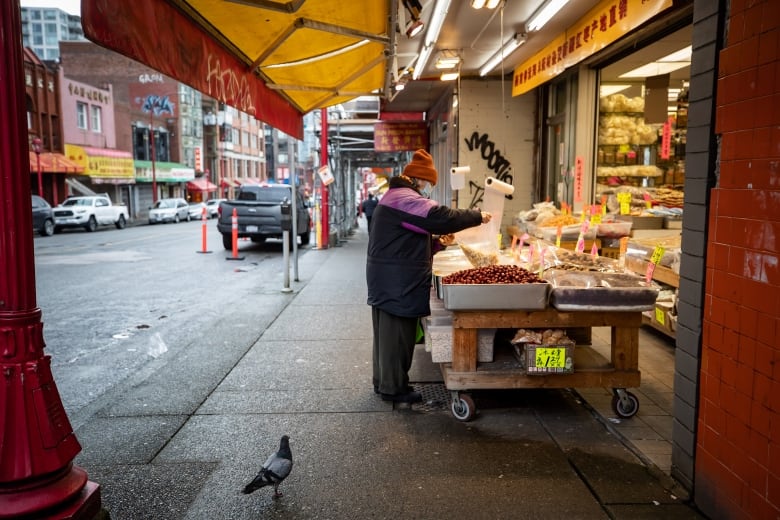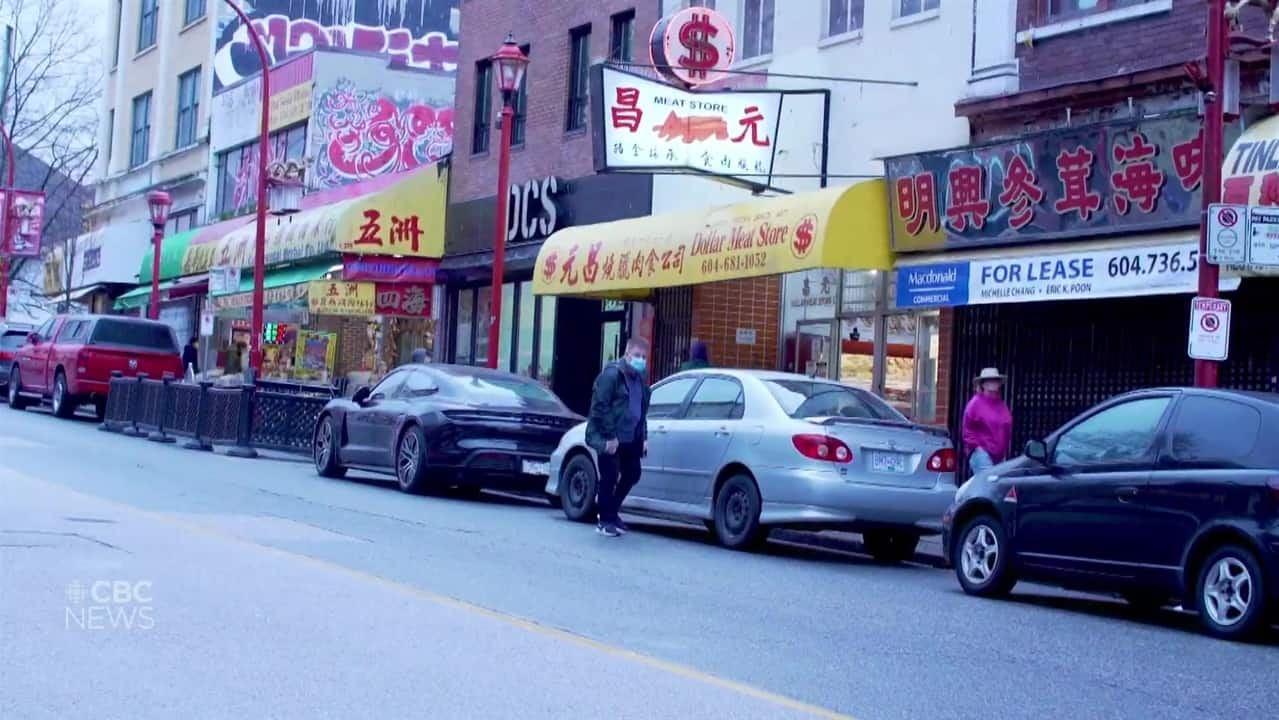
Vancouver’s Chinatown neighbourhood has a storied, hard-fought past, and residents are now fighting yet again to secure its future.
It’s a struggle echoing across North America, a documentary showing soon in Vancouver details.
Historic Chinatowns in Vancouver, Montreal, Toronto and New York are fighting for the space to define themselves in Karen Cho’s Big Fight in Little Chinatown, which will be screened in Vancouver’s Documentary Film Festival on Thursday.
“People don’t sit there and watch gentrification happen to their community,” Cho, a Chinese Canadian filmmaker, told CBC’s North by Northwest on Monday.
“It was important for me to find those pockets of resilience and resistance.”
‘Active erasure’
Cho grew-up in Montreal, where Chinatown was both the setting and a central character in her personal life and early documentary work.
In recent years, Cho became concerned by the rising real estate prices, gentrification and city planning she observed eroding the important presence of Chinatowns in Montreal and elsewhere.
Early in the filming process in March 2020, she attended a gathering of Chinatowns against displacement in New York City, just days before COVID-19 was declared a pandemic.
The pandemic brought a swell of anti-Asian racism and violence as multi-generational family businesses shuttered and residents, many of them seniors, were displaced by gentrification.
“How COVID played out so brutally in so many Chinatowns also really gave a kind of sense of urgency to the storytelling,” said Cho.

Chinatown is not a museum: filmmaker
A major challenge has been pushing back against the notion Chinatowns are relics of the past to preserve rather than dynamic, evolving communities in need of space to flourish and change.
“Change does occur and that one needs to have an openness for change … but yet at the same time, there is this, I think, tremendous power in understanding where you’ve come from and kind of building towards that future,” said Andy Yan, director of Simon Fraser University’s City Program.
Decisions about Chinatown’s fate Vancouver have been city-defining, with advocacy to protect the neighbourhood eventually halting the expanded viaduct project in the 1970s, though the project had already destroyed the historic Black neighbourhood Hogan’s Alley.
But despite it being Canada’s largest, the fight for Chinatown is still fierce, says Yan. The disappearance of what once was Canada’s third-largest Chinatown in Cumberland is a sharp reminder of the high stakes.
Income inequality, high rents and real estate development, graffiti and petty crimes have all worsened during COVID-19, often pushing out the most vulnerable seniors, low-income people and some iconic family businesses.
A Chinatown Lunar New Year parade brought thousands into Vancouver’s historic Chinatown — a much needed infusion for businesses in the area, where crime and vandalism have hit hard. One restaurant seeing long lineups — Kam Wai Dim Sum. We caught up with owner William Liu, who vows to continue to serve the community he loves amid grinding poverty.
The work to resist is happening around the tables and behind the counters of iconic businesses of Vancouver’s Chinatown, like Kam Wai Dim Sum 金威點心 and Hon Hsing Athletic Club 雲高華漢升體育, whose owners are featured in the film alongside Yan.
City council and the federal government recently committed nearly $2.8 million to revitalization efforts including graffiti removal, lower and standardized parking rates and a public washroom at Main and Hastings Streets to serve the neighbouring Downtown Eastside.
But Chinatown is not just a museum to keep clean or a place to buy things, Yan and Cho stressed.
It is a vibrant, human-scale tapestry of connections that make it important to the city and its residents, Chinese Canadian or not, they said.
“It’s about the cities and neighbourhoods we build and can be building,” said Yan, whose grandfather first arrived in Chinatown 100 years ago.
“Chinatown’s cultural heritage is really a key to unlocking its future,” said Cho. “And there is a lot of vibrancy and a lot of future to be had.”
